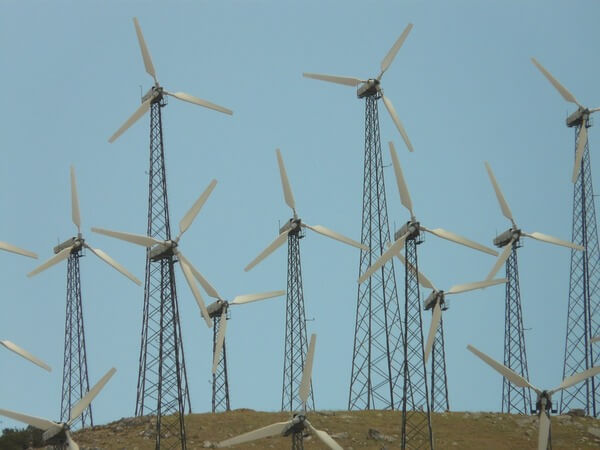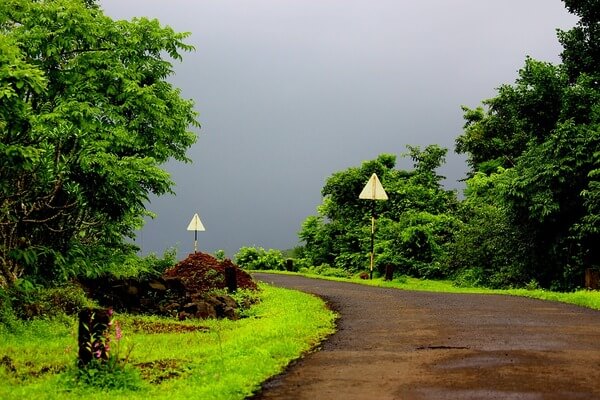News Release from windfair.net
Wind Industry Profile of
Homemade Problems - India's Wind Market Jeopardised
The Indian wind market has never been an easy one. In recent years, however, home-grown political problems have led to a slump in expansion figures. Within just four years, market growth has fallen from 5,500 megawatts per year to just 1,600 MW.
As The Hindu reports, this is mainly due to a misguided energy policy. Of India's 29 federal states, only eight are suitable for generating wind energy economically. Over the past 20 years, wind energy developers have erected the turbines there at suitable locations and sold their electricity to the power utilities via feed-in tariffs at prices set by the respective state electricity regulatory authorities. The client received this remuneration for the entire duration of the electricity purchase contract, i.e. normally for 25 years.
Since only eight states formed the actual market, the expansion figures per year were 1,500 MW - 3,000 MW. However, the Indian government, which was newly elected in 2014, wanted to expand the market and provide access for other federal states. As it had previously been difficult to produce wind power in one state and sell it in another due to regulatory problems, the government under Prime Minister Narendra Modi intervened. A new state-owned company was formed, which in the future acted as an intermediary buying electricity from the developers and selling it to the non-wind states. And the procedure actually enlarged the market.
The project developers, who offered their electricity at the lowest price, could thus enter into long-term PPAs with the government's company and set up their wind farms anywhere as long as they could supply the electricity to a substation. Then began the shift from fixed feed-in tariffs to market-based tariffs. But that was also where the problems began.

Less and less land is available for wind project developers
In the following auctions, prices continued to fall, leading the developers to turn to the two windiest states - Gujarat and Tamil Nadu - to set up their turbines there. As more than 70% of all auctioned capacities were ultimately built there, however, the local power grid reached its limits.
In addition, in Gujarat and Tamil Nadu a rethinking has begun: Why building plants with a capacity of 5,400 MW, but all the energy would go to the federal states where it wasn't windy enough for their own projects? This attitude has made it increasingly difficult to find building land for turbines.
After the best building land was awarded, however, prices in the tenders rose again - the government suspected a cartel of developers behind it and began to cancel auctions, among other things.
All this has led to deep uncertainty in the Indian wind industry in recent months. Meanwhile, problems are still approaching from a completely different angle. A new study by the Harvard John A. Paulson School of Engineering and Applied Sciences (SEAS) and the Harvard China Project says that the warming of the Indian Ocean caused by global climate change could lead to a slow decline in India's wind potential.

The Indian monsoon has increasingly lost strength in recent years
The strength of the wind and thus the amount of energy generated is tied to the strength of the Indian summer monsoon. "In fact, 63 percent of the annual energy production from wind in India comes from the monsoon winds of spring and summer," it says. Over the past 40 years, this energy potential has fallen by about 13 percent, suggesting that with the weakening of the monsoon, wind turbines have become less productive.
"Although India is investing heavily in wind power to tackle climate change and air pollution issues, the benefits of these substantial investments are vulnerable to the changing climate," according to Meng Gao from the School of Engineering and Applied Sciences at Harvard University and one of the authors of the study. So the overall outlook for India is not very good at the moment.
- Author:
- Katrin Radtke
- Email:
- press@windfair.net
- Keywords:
- India, federal states, government, developer, wind energy, electricity, market, growth, monsoon

























